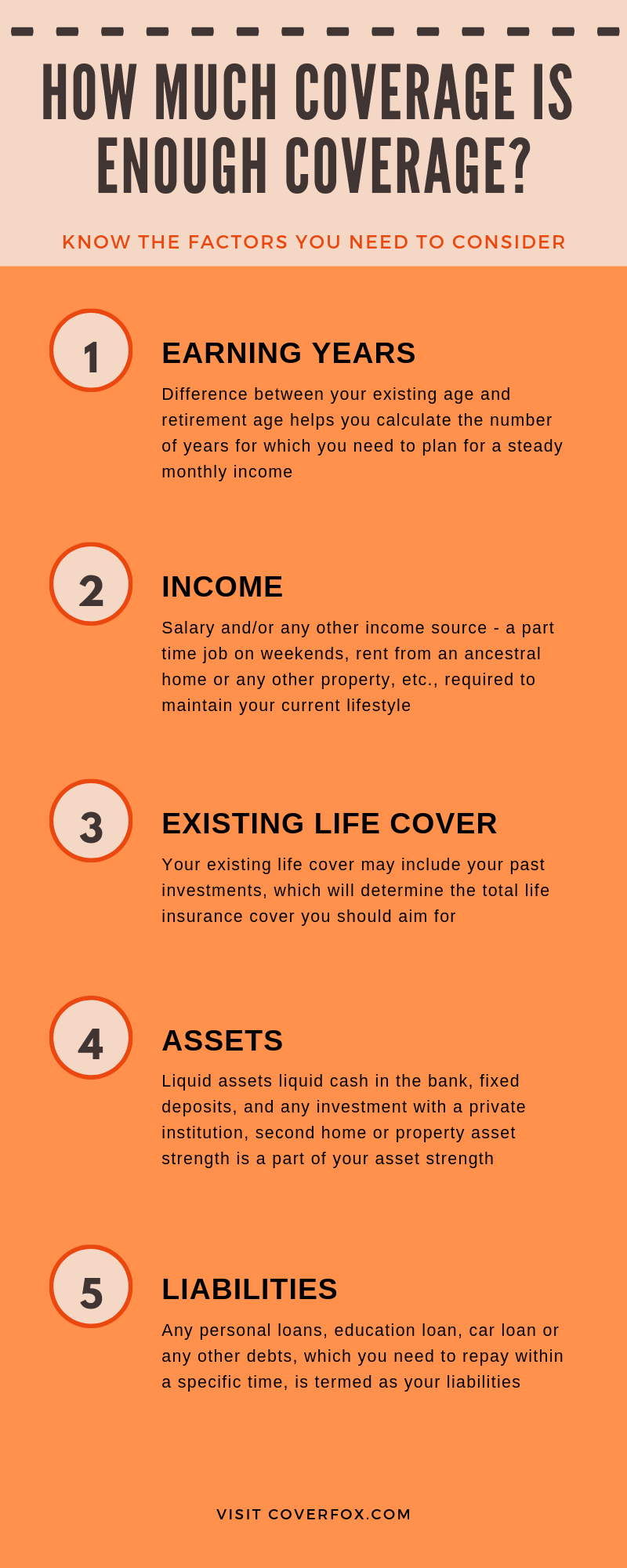Much less popular are HO-1 and HO-2 property owners insurance coverage, which pay out just for damage brought on by concerns noted in the policy. Together these 2 types represent about 8% of property owners protection. HO-2 insurance coverage, the most common of the 2, generally covers your house and personal belongings just for the 16 causes noted above. HO-1, which isn't commonly readily available, is the most bare-bones kind of homeowners insurance. It covers losses from an even shorter list of dangers than the HO-2 type. Other policy types consist of HO-4 insurance for tenants, HO-6 for condominium owners, HO-7 for mobile homes and HO-8, a seldom utilized type that offers limited protection for older houses.
For example, you can't purposefully harm your own house, then expect your insurance company to spend for it. Policies likewise typically exclude damage from other causes, such as: Flooding, including drain and sewage system backup. Earthquakes, landslides and sinkholes. Problems by birds, vermin, fungus or mold. Wear and tear or disregard. Federal government action, consisting of war. Speak with your insurance provider if you have concerns about damage and events your policy doesn't cover. In most cases, you can add what are called endorsements to your policy which normally cost additional to provide more security. You need enough property owners insurance to cover the expense of rebuilding your house if it's ruined. What is ppo insurance.
Your home insurance coverage agent or insurer should be able to help you compute the replacement cost. Don't concentrate on what you paid for your house, just how much you owe on your home loan, your residential or commercial property tax evaluation or the price you could get if you offer. If you base your protection on those numbers, you might wind up with the incorrect amount of insurance coverage. Rather, set your residence protection limit at the cost to restore. You can be confident you'll have adequate funds for repair work, and you won't be spending for more coverage than you need. For "personal residential or commercial property," your personal belongings, you'll normally want protection limits that are at least 50% of your house protection amount, and your insurance provider may automatically set the limitation that way.
A comprehensive home stock is the very best method to identify just how much it would take to change all your stuff. A stock record can likewise can be found in handy later on if you have to make a claim and require to know exactly what you lost. You might make a list or, as a fast inventory hack, take a video of your house and all your products using your smart device. House owners policies usually consist of an insurance coverage deductible the quantity you're required to cover before your insurance provider begins paying. The deductible can be: A flat dollar amount, such as $500 my wesley or $1,000. A percentage, such as 1% or 2% of the home's insured worth.
For circumstances, if you have a $1,000 deductible and your insurance company authorizes a claim for $10,000 in repairs, the insurance provider would pay $9,000 and you would be accountable for the staying $1,000. Picking a higher deductible will typically lower your premium. However, you'll carry more of the monetary burden should you need to sue. A lower deductible, on the other hand, indicates you might have a higher premium however your insurer would choose up nearly the whole tab after an occurrence. Understand that some policies include separate and often higher deductibles for specific types of claims, such as damage from wind, hail, typhoon or earthquake.
This means if an earthquake damages a house with $300,000 worth of house coverage, the deductible would be $30,000. Liability claims usually don't have a deductible. If your house is destroyed, your house owners insurer isn't most likely to simply write you a look for the amount listed on your policy. Your payment could differ depending on the expense to rebuild and the coverage you selected and much of it will be paid straight to contractors reconstructing your house, in most cases. One key choice is whether to select protection that will pay whatever it requires to rebuild your home, even if that expense surpasses your policy limits.
What Does Homeowners Insurance Cover Things To Know Before You Buy
Here's a rundown of a number of alternatives you might experience. Real money worth coverage pays the cost to repair or replace your harmed home, minus a deduction for depreciation. A lot of policies don't use this technique for the house itself, however it's typical for personal valuables. For items that are several years old, this indicates you'll probably get only a fraction of what it would cost to purchase brand-new ones. Functional replacement cost worth protection pays to fix your house with products Have a peek here that are comparable however possibly more affordable. For example, damaged plaster walls could be changed with less costly drywall. Replacement cost value protection pays to fix your house with materials of "like kind and quality," so plaster walls can be replaced with plaster.
Some policies use replacement cost worth protection for your individual products. This indicates the insurer would pay to replace your old valuables with new ones, with no reduction for devaluation. If this feature is very important to you, make sure to check the policy details prior to you purchase this is a common alternative, however you normally require to pay up for it. Extended replacement cost value protection will pay out more than the face value of your dwelling protection, as much as a defined limitation, if that's what it requires to fix your home. The limit can be a dollar quantity or a percentage, such as 25% above your house coverage amount - How does health insurance work.

Surefire replacement cost worth protection pays the full expense to repair or replace your house after a covered loss, even if it exceeds your policy limitations. Not all insurance companies use this level of protection. The typical expense of homeowners insurance coverage was $1,631 a year in 2020, according to a Nerd, Wallet analysis. But rates can skew much higher or lower, depending upon your location and the amount of coverage you purchase. In most states, your credit rating can likewise be an element. To determine your home insurance coverage price, insurance companies normally think about: What it would cost to restore your house. Your home's age, condition and other attributes.

Your city's fire protection score. Your claims history and the claims history of others in your community. Your coverages, limits and deductible. Products that pose significant injury risk, such as swimming pools or trampolines. If your premium seems too expensive, there are easy ways to minimize house owners insurance coverage. For example, lots of insurance providers provide a discount rate for bundling your house and car insurance coverage. You may also get a lower rate for having typical security features, such as alarm system and deadbolt locks. And it's constantly a great concept to go shopping around and compare homeowners insurance prices estimate to ensure you're getting the very best offer.
The premium you pay will be a portion of the expense to reconstruct your home from the ground up and change your ownerships. What is health insurance.